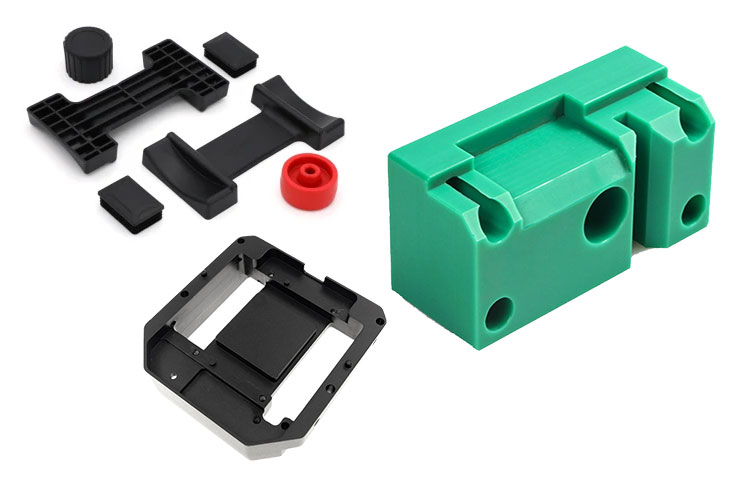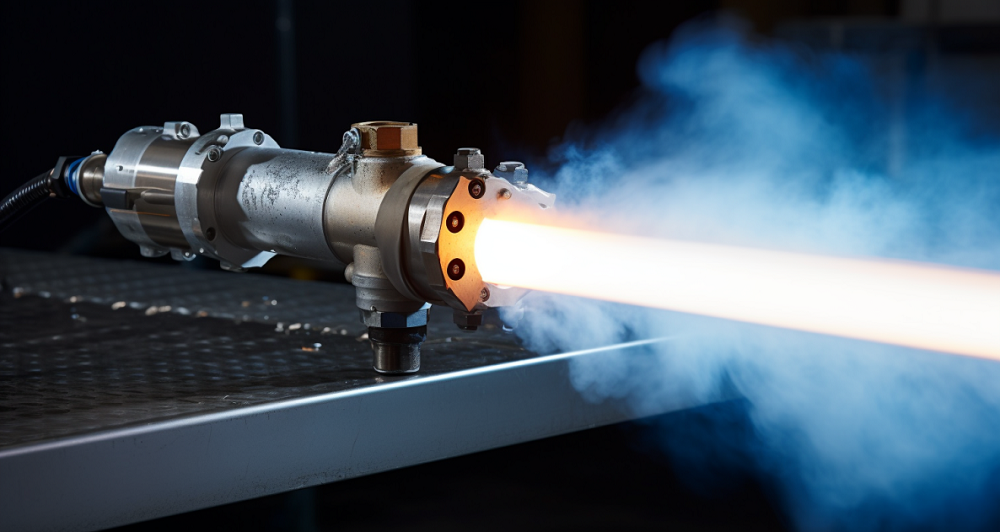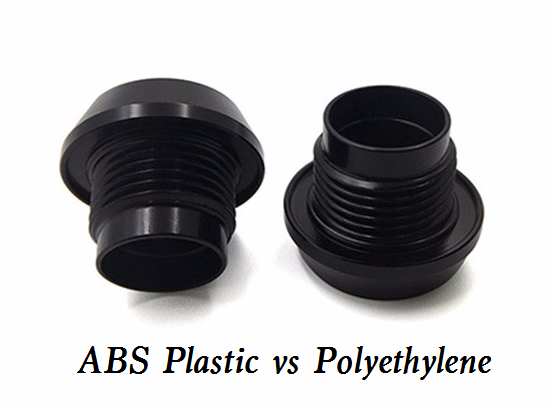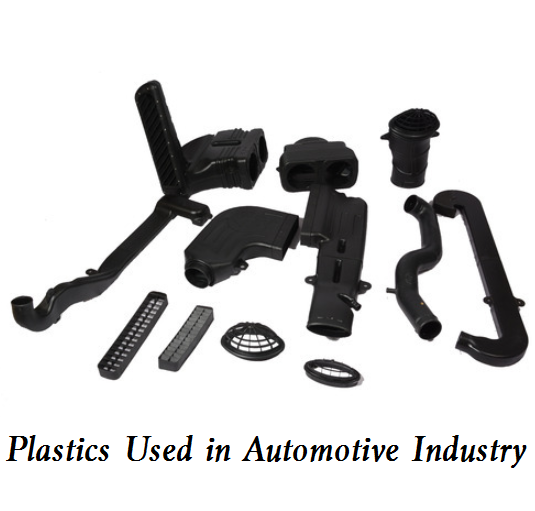- Home
- Machining techniques
- CNC Machining Services
- Cooperative supply services
- Designs
- Materials
- Finishing Services
- Shop
- Products
- Guide
- About Us
- Contact Us
2021.8.10
Plastic comes in lots of different varieties such as water bottles used for drinking, wrappings used in food containers, and fittings used in industrial applications. Some plastics are categorized as engineering plastics, which is our focus in the following content. What are engineering plastics and what makes them different from conventional types? Let’s get into the answers to these questions and the common types of engineering plastics.

Engineering plastic is designed for superior performance according to at least one metric such as for shock absorption or chemical resistance, this is why engineering plastics form a category separate from commodity plastics, commodity plastics are mass-produced materials created for consumer use, low-density polyethylene and high-density polyethylene plastics are two examples used for a vast range of household products from sandwich bags to folding chairs. In contrast, high-performance plastics are designed for performance and capabilities that surpass even conventional engineering plastics, this makes them more expensive to produce and qualifies them as a subset of engineering plastics. On the other hand, there are quite a few significant advantages that engineering plastics have over commodity plastics. Engineering plastics are widespread, common products include car bumpers, medical instruments, parachutes and so much more
Advantages of engineering plastics
– Compared with standard materials, engineering plastics can be easily shaped into a particular form which speeds up production and saves money.
– It’s also lightweight, more shock-resistant, far stronger, and more resilient.
– Durability flame and chemical resistance and reduced friction
– Excellent machinability and dimensional stability
Engineering plastics aren’t all alike, there is actually a wide range of these materials. If you are looking for the best engineering plastic materials for your project, our plastic CNC machining services can help you find the optimal choice.
Acrylonitrile butadiene styrene (ABS)
ABS plastic is a terpolymer of acrylonitrile (A), butadiene (B), and styrene (S). The relative content of the three monomers can be changed arbitrarily to make various resins. ABS plastic is one of the main materials for 3D printing. The reason why it can become consumable for 3D printing is its characteristics, such as heat resistance, impact resistance, low-temperature resistance, chemical resistance, excellent electrical properties, stable product size, and so on.
Polycarbonates (PC)
PC plastic is a group of thermoplastic polymers containing carbonate groups in chemical structure. The polycarbonate used in engineering is a strong and tough material, and some grades are optically transparent. They are easy to process, mold and thermoform. Polycarbonate is a good electrical insulation material with heat resistance and flame retardancy. It is used in various products related to electrical and telecommunication hardware. The second-largest application of PC plastic is the construction industry, such as dome lamps, flat or curved glass windows, and sound insulation walls.
Poly (methyl methacrylate) (PMMA)
PMMA, also known as acrylic, is an important plastic polymer material developed earlier. It has good transparency, chemical stability and weather resistance, easy dyeing, easy processing and a beautiful appearance. It is widely used in the construction industry. Acrylic has excellent weather resistance, high surface hardness and gloss, good high-temperature performance and good processing performance. It can be hot formed or machined. The wear resistance of acrylic is close to that of aluminum, with good stability and corrosion resistance to a variety of chemicals.
Polyoxymethylene plastic (POM)
POM plastic is a white or black plastic particle with high hardness,high rigidity and high wear resistance. It is mainly used for gears, bearings, auto parts, machine tools, instrument internals and other products with skeleton function.
Polybutylene terephthalate (PBT)
PBT plastic is one of the toughest engineering plastics. It has very good chemical stability, mechanical strength, electrical insulation characteristics and thermal stability. It is widely used in household appliances, electrical components and the automobile industry.
Polyethylene terephthalate (PET)
PET plastic is one of the most common thermoplastic polymer resins. It is used in clothing fibers, containers for liquid and food, thermoforming materials in manufacturing, and engineering resins bonded with glass fibers.
Polyphenylene sulfide (PPS)
PPS plastic is a thermoplastic special engineering plastic with excellent comprehensive properties. It is usually white powder with good chemical stability, excellent electrical insulation, light transmittance second only to plexiglass, coloring, water-resistance and good chemical stability. It is not eroded by most acid and alkali salts except by strong oxidizing acids, such as concentrated sulfuric acid, concentrated nitric acid.
Polyphenylene oxide (PPO)
PPO plastic is one of the five general engineering plastics in the world. It has the advantages of high rigidity, high heat resistance, flame resistance, high strength and excellent electrical properties. In addition, PPO also has good wear resistance, nontoxicity, pollution resistance and so on.
Polyetherketone (PEK)
PEK plastic is a semi-crystalline, high-performance engineering thermoplastic. PEK has high thermal dimensional stability, low flammability, excellent chemical resistance and excellent mechanical properties in a wide temperature range. It is widely used in aerospace, aircraft and automotive industries for structural components with high load requirements, such as bushings, gears, shafts, bearings and so on.
 Polyamide Vs. Nylon Vs. Polyester: Properties, Uses, Advantages & Disadvantages
Polyamide Vs. Nylon Vs. Polyester: Properties, Uses, Advantages & Disadvantages
 What is HVOF Coating – HVOF Thermal Spray Process, Materials, Benefits, Machine, Applications
What is HVOF Coating – HVOF Thermal Spray Process, Materials, Benefits, Machine, Applications
 Difference Between ABS and Polyethylene – ABS Plastic vs Polyethylene, Which is Better
Difference Between ABS and Polyethylene – ABS Plastic vs Polyethylene, Which is Better
 Spring Material Types (Properties, Grades, Uses) & Best Selection for Your Project
Spring Material Types (Properties, Grades, Uses) & Best Selection for Your Project
 Common Types of Plastics Used in Automotive Industry: Engineering Plastics, General-Purpose Plastics & Specialty Plastics
Common Types of Plastics Used in Automotive Industry: Engineering Plastics, General-Purpose Plastics & Specialty Plastics
 What is Gas Welding & How Does It Work – Types of Gas Welding Techniques and Equipment
What is Gas Welding & How Does It Work – Types of Gas Welding Techniques and Equipment
